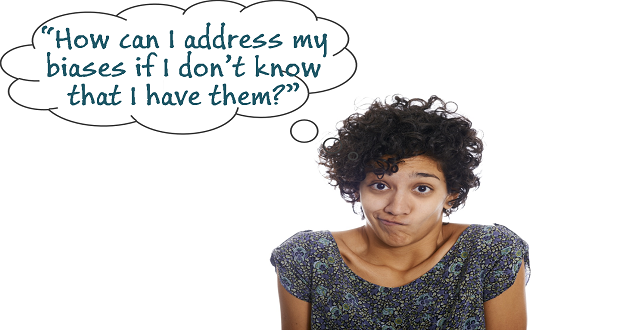
Several years ago, The Winters Group included the transition from “Diversity and Inclusion” to “Inclusion and Diversity” as one of the top global diversity and inclusion trends and “tipping points” for the field of diversity and inclusion management. Since that time, we have continued to see a shift in organizations branding their diversity and inclusion efforts, both internally and externally, as “Inclusion and Diversity,” or “I&D”. A quick browse of company websites and current news indicates that the number of organizations embracing I&D continues to grow, with this new nomenclature becoming more prevalent across a variety of different industries.
Diversity and inclusion continues to be a top priority for business leaders, and the business case for D&I (increased innovation, collaboration, business performance, talent retention, engagement) is readily recognized. In the effort to operationalize D&I, there has been an increased focus on inclusive practices, policies, and behaviors. Organizations and leaders alike need tools and resources to help effectively leverage differences, and examining opportunities for individuals, institutions, and systems to be more inclusive is critical to advancing diversity, equity, and inclusion as a whole. What remains to be seen, however, is whether I&D is simply a passing, innocuous trend, if it truly marks a new era in D&I, or – at worst – if it undermines decades of DEI work that have strived to bring the importance of diversity and differences to the forefront.
A recent Forbes article advocated for an increased focus on inclusion, and highlighted the potential “friction” that focusing on diversity could cause due to its emphasis on differences over similarities. In fact, the author suggested that companies should stop focusing on diversity in their D&I efforts entirely and instead put all of their efforts into inclusion.
The author argued that focusing on diversity leads to discomfort, fatigue, and in some cases, backlash, and that companies that focus on building inclusive cultures will ultimately result in more diversity, and will only positively benefit organizational cultures and employee experiences.
To this, I say: “Yes, and...”
…And it is still important to explore and understand the experiences and perspectives of different groups, particularly those who fall outside of the majority group.
…And it is important to talk about those things that make us feel uncomfortable.
…And focusing on “just” inclusion will still involve some element of diversity, as the experience of inclusion in itself is very personal and subjective.
…And fatigue, discomfort, or lack of understanding is not a good enough reason to ignore diversity.
…And diversity and inclusion requires intentionality and critiques of current institutions, practices, and systems that are barriers to inclusion – which cannot be done without understanding our differences.
…And the value of inclusion comes through leveraging the unique perspectives and differences of others, not ignoring them.
…And it is impossible to talk about inclusion without first considering diversity – it’s a lot easier to be inclusive when everyone looks the same, talks the same, thinks the same, and is from the same background.
On the surface, focusing on inclusion seems positive. Everyone has experiences of feeling excluded, and this is often a useful entry point for conversations around diversity, equity, and inclusion. Most would agree that finding more ways for individuals to feel valued, appreciated, and heard is a good thing. However, this is only an entry point.
According to the Intercultural Development Inventory (IDI), a cross-cultural assessment of cultural competence, nearly 70% of individuals who have taken the tool are at a “Minimization” mindset. While Minimization values similarities and universalism in experience, it can also mask deeper understanding of cultural differences – which is needed to effectively leverage diversity.
The sole focus on inclusion instead of diversity feels exclusionary, which is ironically what proponents of “I&D” want to avoid. When I see the term, “Inclusion and Diversity,” I see an attempt to place diversity as an afterthought, not highlight the importance of inclusion. I also see it as a poorly masked attempt to placate those who would rather not talk about diversity because of the discomfort in topics such as race, gender, and sexual orientation.
The sole focus on inclusion instead of diversity feels exclusionary. When I see the term, “Inclusion and Diversity,” I see an attempt to place diversity as an afterthought, not highlight the importance of inclusion. Share on XSometimes, discomfort is necessary – and we do ourselves a disservice when we ignore discomfort instead of digging into why we feel that way. Is diversity, on its surface, “divisive” or “uncomfortable”? Perhaps. But, that very discomfort can be an important part in developing empathy and understanding, and could just be the key to helping us all learn to be a bit more inclusive.
Is diversity, on its surface, “divisive” or “uncomfortable”? Perhaps. But, that very discomfort can be an important part in developing empathy and understanding. Share on XWhat do you think about the shift from D&I to I&D? Should organizations drop their focus on diversity to focus more on inclusion?


















